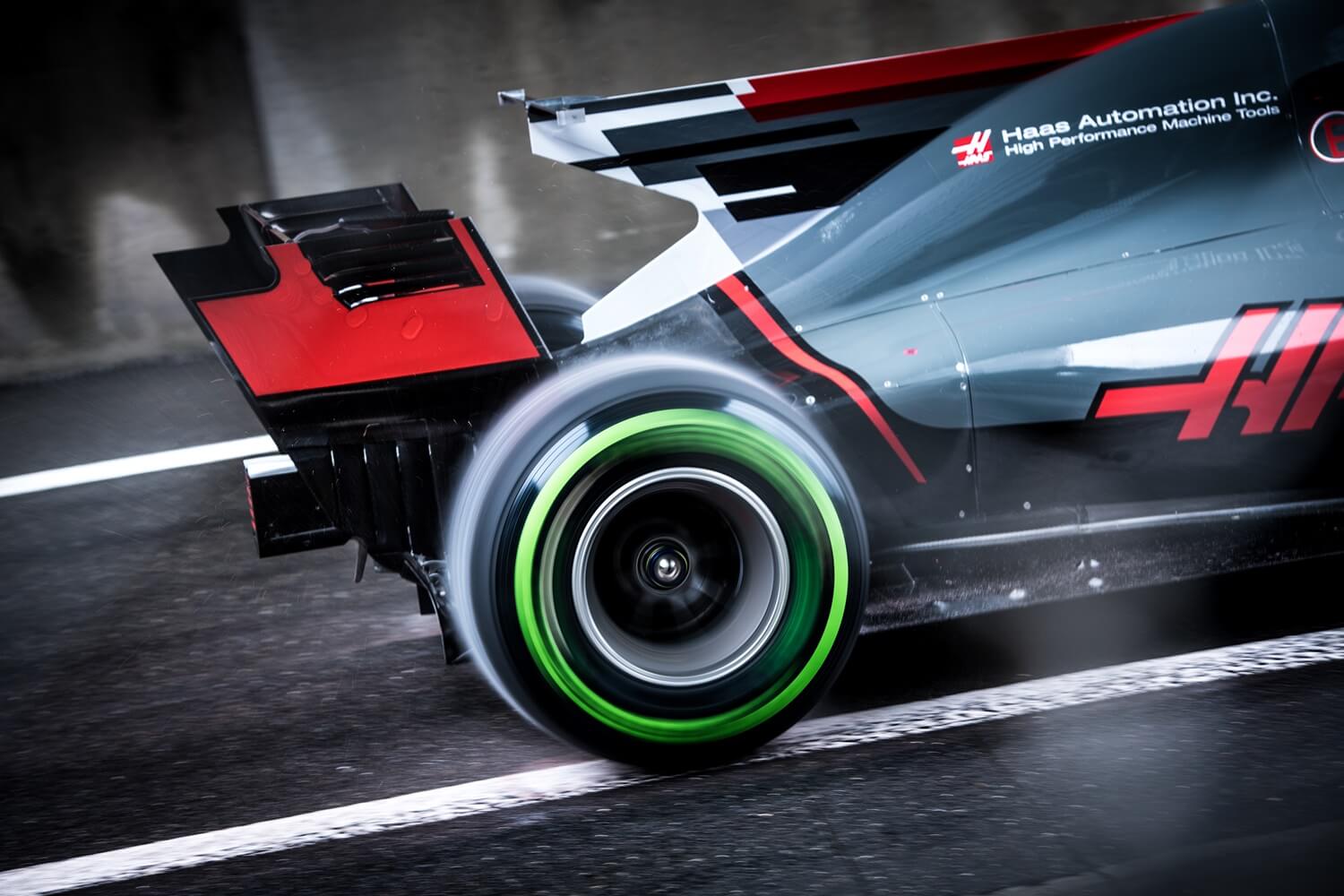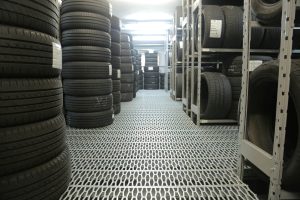Motorsport has long been a crucible of innovation, pushing the boundaries of technology and performance. One of the critical areas where motorsport has significantly influenced consumer technology is in tyre development. The demands of racing—requiring durability, grip, and precision—drive tyre manufacturers to create cutting-edge solutions that eventually trickle down to everyday vehicles. This article explores how the high-stakes world of motorsport influences tyre development, leading to advancements that benefit all drivers.
In motorsport, tyres are subjected to extreme conditions. Whether it’s the high-speed straights of Formula 1, the rugged terrains of rally racing, or the unpredictable surfaces of endurance races, tyres must perform flawlessly under pressure. The need for optimal grip, rapid heat dissipation, and resistance to wear and tear drives innovation in tyre technology.
Formula 1, for instance, is a prime example of how tyre development is pushed to its limits. The tyres need to provide maximum grip while maintaining stability at speeds exceeding 300 km/h. They must also be durable enough to withstand significant lateral and longitudinal forces during cornering and braking. This constant balancing act of performance, durability, and safety fuels continuous research and development in tyre technology.
Materials and Compound Innovation:
One of the key areas where motorsport influences tyre development is in the materials and compounds used. Motorsport tyres often employ advanced rubber compounds and innovative materials to enhance performance. These compounds are formulated to provide the perfect balance between grip and longevity.
For instance, in the World Rally Championship (WRC), tyres must perform on various surfaces, from tarmac to gravel to snow. This requires a deep understanding of how different compounds react to different conditions. The research conducted to develop these versatile compounds often leads to breakthroughs that can be applied to commercial tyres, enhancing their performance in various driving conditions.
Tread Patterns and Design:
The tread pattern of a tyre is crucial in determining its grip, handling, and overall performance. Motorsport has a significant impact on the design and optimisation of tread patterns. In racing, engineers meticulously design tread patterns to maximise contact with the road surface, improve water dispersion in wet conditions, and reduce rolling resistance.
For example, the asymmetrical and directional tread patterns seen on many high-performance road tyres today are a direct result of innovations from motorsport. These patterns provide better handling and stability, especially at high speeds, and are now commonly found in performance tyres for everyday use.
Heat Management:
In motorsport, managing tyre temperature is critical. Overheating can lead to reduced performance and increased wear, while underheating can result in a lack of grip. Motorsport teams use advanced telemetry and tyre monitoring systems to keep temperatures within the optimal range.
This focus on heat management has led to the development of tyres with better thermal properties. Modern road tyres now often incorporate similar technologies to maintain optimal performance across a range of temperatures. Features such as improved sidewall construction and advanced silica compounds help manage heat more effectively, improving both performance and longevity.
Structural Integrity and Safety:
Safety is paramount in motorsport, and tyre manufacturers invest heavily in ensuring their products can withstand the harshest conditions. This has led to significant advancements in the structural integrity of tyres. The use of reinforced sidewalls, advanced bead technology, and robust construction techniques developed for racing tyres are now commonly found in road tyres.
Run-flat tyres, for example, owe much of their development to motorsport. These tyres are designed to maintain their shape and performance even when deflated, allowing drivers to continue driving safely to a service station. The technology, initially developed for the racetrack, has made its way into everyday vehicles, enhancing driver safety.
Sustainability and Environmental Considerations:
Motorsport is also playing a role in driving sustainability in tyre development. With increasing emphasis on environmental impact, racing series like Formula E are leading the way in promoting green technologies. Tyre manufacturers are developing eco-friendly compounds and materials that not only perform well but also reduce the environmental footprint.
The lessons learned from these initiatives are being applied to commercial tyre production. The development of low rolling resistance tyres, which improve fuel efficiency and reduce CO2 emissions, is a direct result of the push for sustainability in motorsport.
The influence of motorsport on tyre development is profound and far-reaching. The extreme demands of racing drive innovation in materials, design, and technology, leading to advancements that benefit everyday drivers. From improved grip and handling to enhanced safety and sustainability, the technologies developed for the racetrack are making our roads safer and our vehicles more efficient.
As motorsport continues to evolve, it will undoubtedly continue to be a powerful catalyst for innovation in tyre technology, pushing the boundaries of what’s possible and driving progress in the automotive industry.
If you’re looking for high-quality tyres inspired by innovation, visit our shop at Tayaria. Explore a wide range of options to suit your driving needs!




